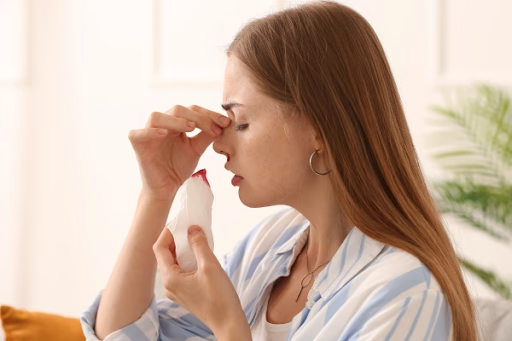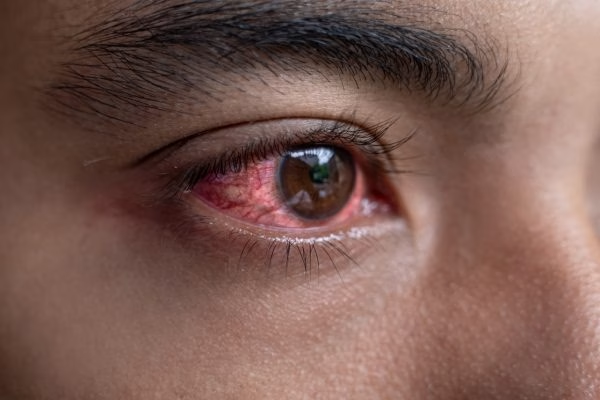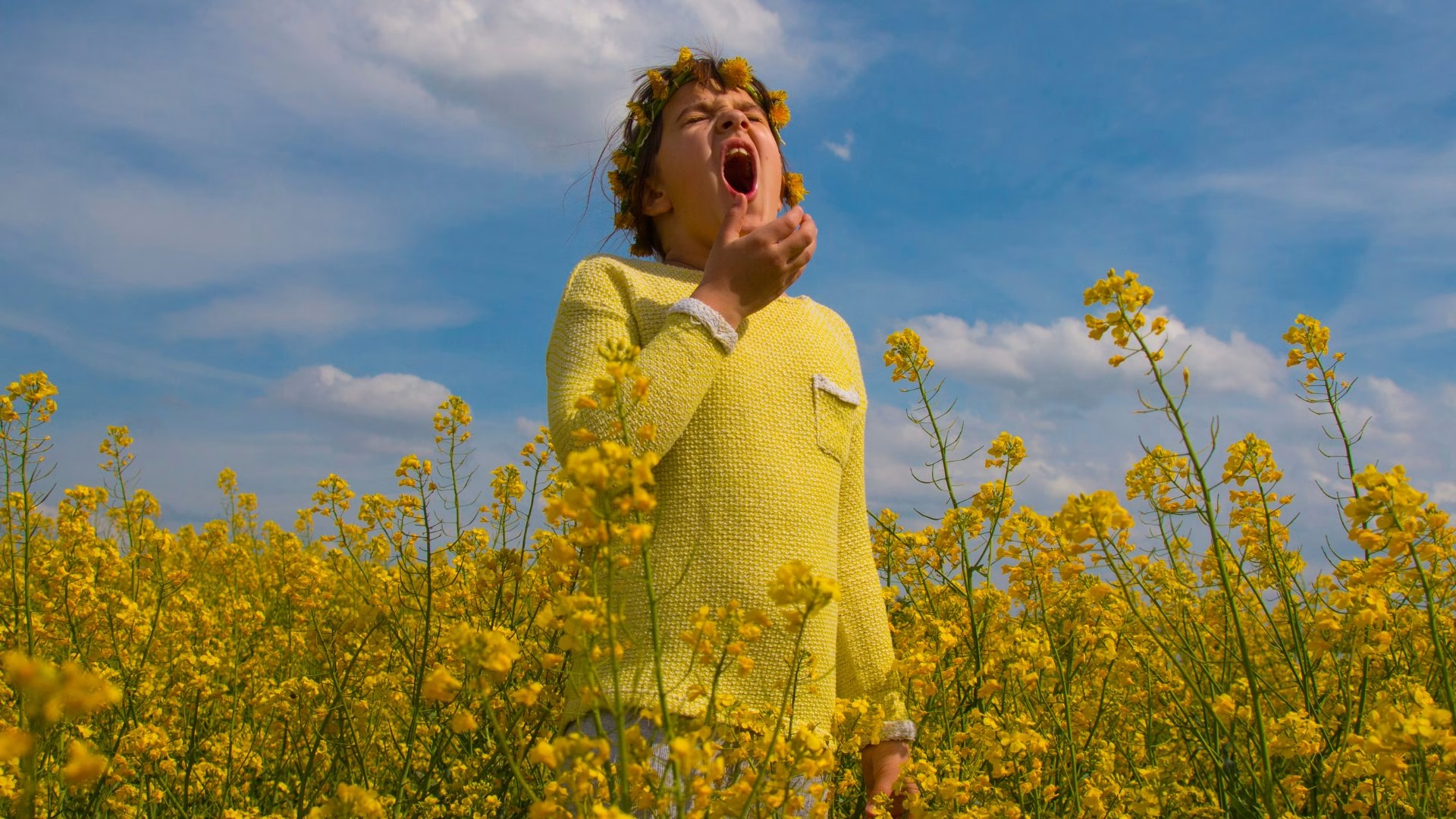 If you suffer from seasonal allergies, you know that the months when your allergen is most active in the air can be the most awful of the year. But allergies are unique to each individual, so a seasonal allergy sufferer can actually experience the worst symptoms any time of the year. Here’s a month-by-month guide to which allergens become prevalent when, so you can know when to visit us at AFC Urgent Care Beverly for allergy treatment!
If you suffer from seasonal allergies, you know that the months when your allergen is most active in the air can be the most awful of the year. But allergies are unique to each individual, so a seasonal allergy sufferer can actually experience the worst symptoms any time of the year. Here’s a month-by-month guide to which allergens become prevalent when, so you can know when to visit us at AFC Urgent Care Beverly for allergy treatment!
January
Indoor heating encourages air circulation, which can introduce dust from the heating ducts into the air. Winter allergies can be just as bad as spring and fall if you’re allergic to dust, but there are measures you can take to reduce them. Try using a dehumidifier to reduce your home’s humidity and prevent the growth of mold, and use a vacuum with a high-efficiency particulate air (HEPA) filter regularly. You can also use pillowcases and sheets with dust-mite-proof covers. Outdoors, there isn’t much to worry about apart from cedar tree pollen in southern states.
February
Tree pollen can be seen in the U.S. as early as February. The most common allergens are the pollen of the catalpa, elm, hickory, olive, pecan, sycamore and walnut trees. Pollen won’t be dense in the air yet, but February is a good time to start thinking about allergy shots or other treatment options.
March
March is the beginning of spring, and the start of the most commonly-recognized “allergy season.” As the weather gets nicer, the pollen from trees and grasses will only get denser. A good tip is to keep your eye on the pollen count. The higher the count outside, the worse your symptoms will be. Your local news will likely have this information, but you can also check the National Allergy Bureau of the American Academy of Allergy Asthma & Immunology.
April
The grass and flowers that began reappearing in March start to reach their peak in April. Pollen will be an even bigger problem than in March, as you’re likely still dealing with what the trees unleashed just a month before. Trees like pine, mulberry and willow will all be at the highest pollen production period. It’s important to take measures such as closing your windows and doors, washing your clothes after coming in from the outdoors, and wearing sunglasses and masks while working outside to protect yourself and prevent a worsening of your symptoms.
May
Tree and grass pollen will be the biggest trouble-causers in May, so take care to continue your allergy measures and treatments. Pollen will actually be at its highest level for most grasses and trees, so this month might be the worst for people with pollen allergies.
June
In June, it’s all about grass. Seasonal allergy sufferers in most areas of the country will struggle with the effects of grass pollen. This will be influenced by the temperature, the rainfall levels and the time of day. Bermuda, rye and oat grasses will be the most problematic. We recommend adjusting your activity according to the pollen count and outside conditions, and maybe leave mowing the lawn to someone else!
July
Just as tree pollen begins to subside, fungus and mold spores begin to rear their ugly heads. Mold can grow on fallen leaves, compost piles, grasses and grains, and fungus grows most after rainy weather and in very damp areas. Weed pollen will also start up in earnest, so sitting out on a blanket in the park for the Fourth of July might be tempting fate in a big way.
August
Mold spores peak during the hot, humid weather of August. Running the air conditioning or fans in your house with HEPA filters is a surefire way to lessen your symptoms and decrease the agony of the dog days of summer. Weeds like pigweed, ragweed and nettle will also be permeating the air.
September
When the weather begins to turn and the days begin to get shorter, ragweed comes front and center for seasonal allergy sufferers. Weed pollen is especially lightweight, so the wind can carry it much farther. The wetter and windier it gets, the more the ragweed pollen will spread, and this allergen can stick around through to October or even November.
October
This month, many seasonal allergy sufferers in northern states will finally get some relief. In the warmer southern states, it might take a bit longer to see an abatement of your symptoms, especially if you also suffer from mold or fungus allergies. The rainy weather can increase the amount of mold spores in the air, which can prolong your symptoms.
November
This month is one of the best for outdoor allergy sufferers, as most of the plants that cause allergies will be on the way out. However, if you have allergies to pet dander or indoor molds, take precautions to lessen their effects. HEPA air filters and preemptive allergy shots or treatments can make a huge difference once you start spending more of your time indoors, away from the cold winter weather.
December
Real Christmas trees are beautiful, but for people with mold allergies, they can be more of a pain than they’re worth. Since they remain outside after they are cut down, molds can hitch a ride into your home via the tree’s branches. For people with an allergy to dust, however, a fake tree is not the answer. Being kept in storage for 11 months out of the year can leave your tree blanketed in dust. Whether you go real or fake, a good tip is to allow enough time for the tree to air out in an enclosed porch or garage, and then shake it to get rid of mold spores and dust.
For seasonal allergy sufferers, any month of the year can bring on the allergy agony. Instead of just trying to cope with your symptoms until your allergen goes away, take action! Visit us at AFC Urgent Care Beverly for allergy treatment and tips on avoiding the most common allergy triggers.


